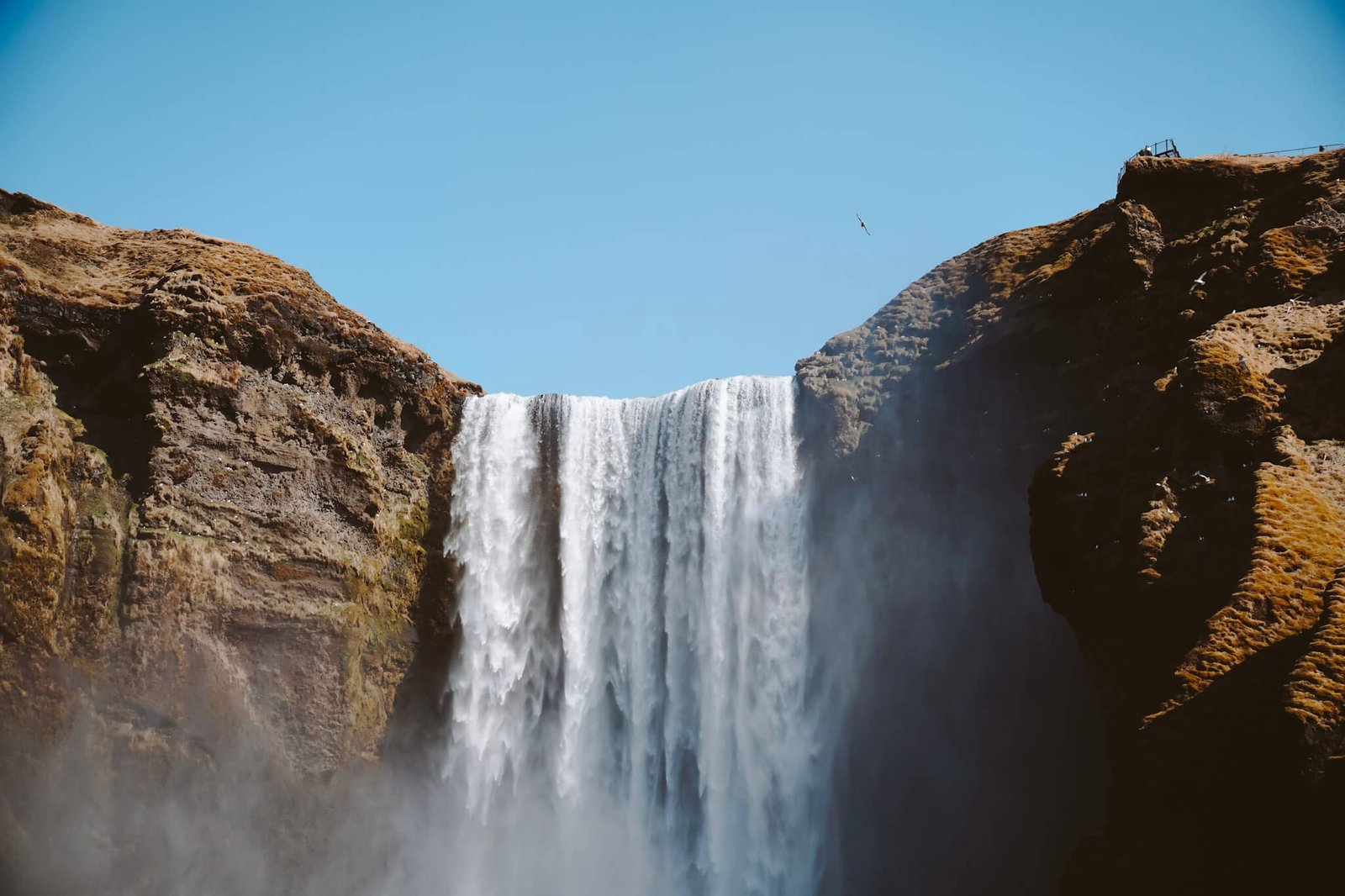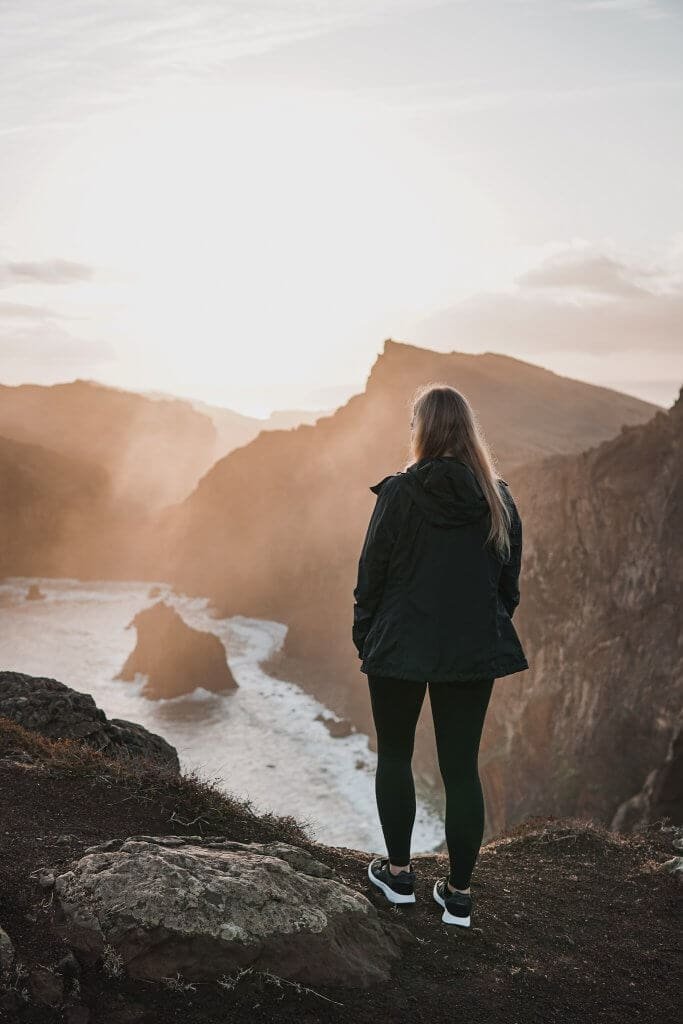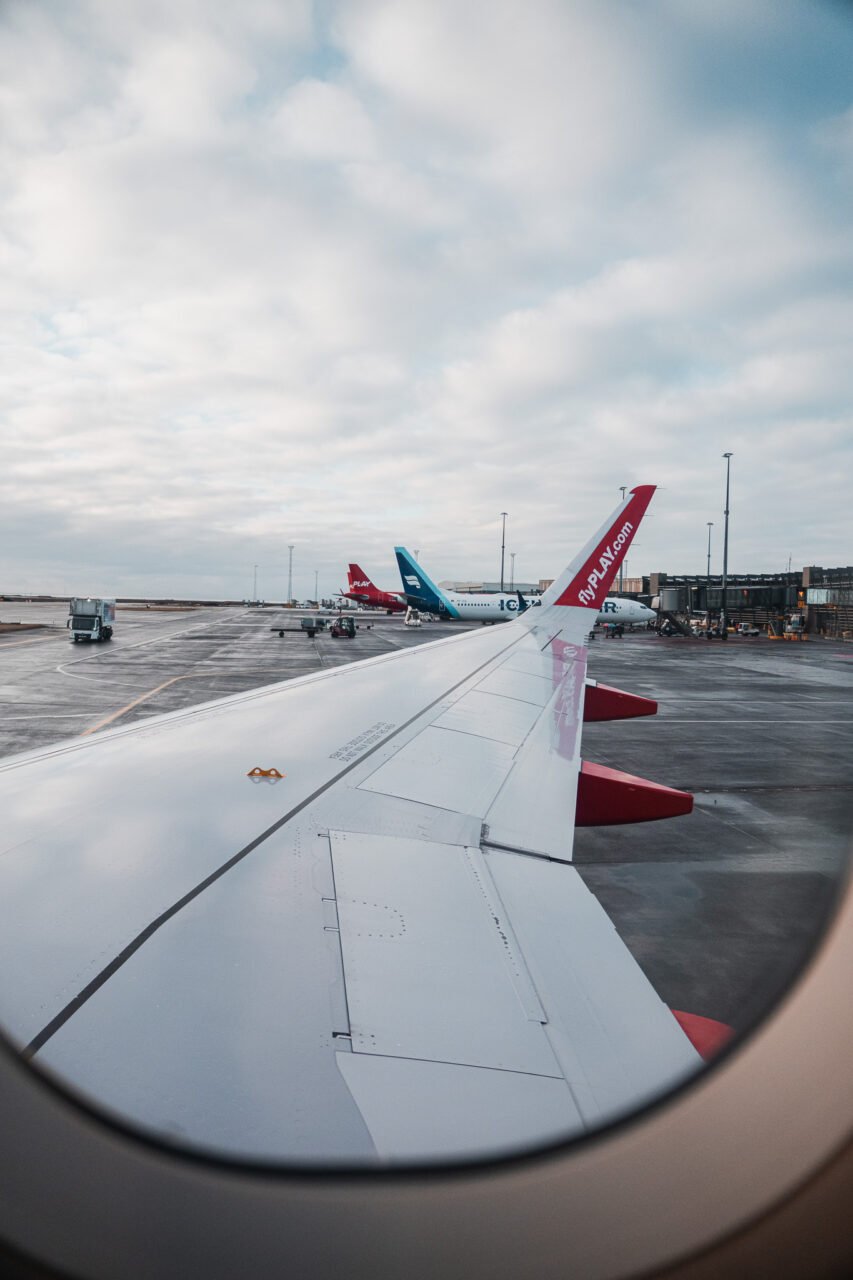Iceland is famous for many things, whether it’s its rugged but beautiful nature, active volcanoes, the Northern Lights or majestic waterfalls. And it’s 5 of these that we’re going to look at today. There are hundreds, maybe even thousands of them in Iceland, and believe me, when you pass, say, the 20th turn-off to a waterfall on your way, you’ll wonder if it’s something you’ve never seen before and if it’s worth it. However, you really can’t miss the 5 waterfalls listed below on your visit to this island.
1. Seljalandsfoss
The first waterfall that is 100% worth a visit is Seljalandsfoss. It is one of the most famous waterfalls on the island and is famous for its very accessible location, its height and the fact that you can walk around the whole thing to get incredible views from behind the waterfall. If you take the full trail around the falls, which we definitely recommend, be prepared with a raincoat or waterproof clothing and sturdy shoes – the trail can be very slippery.
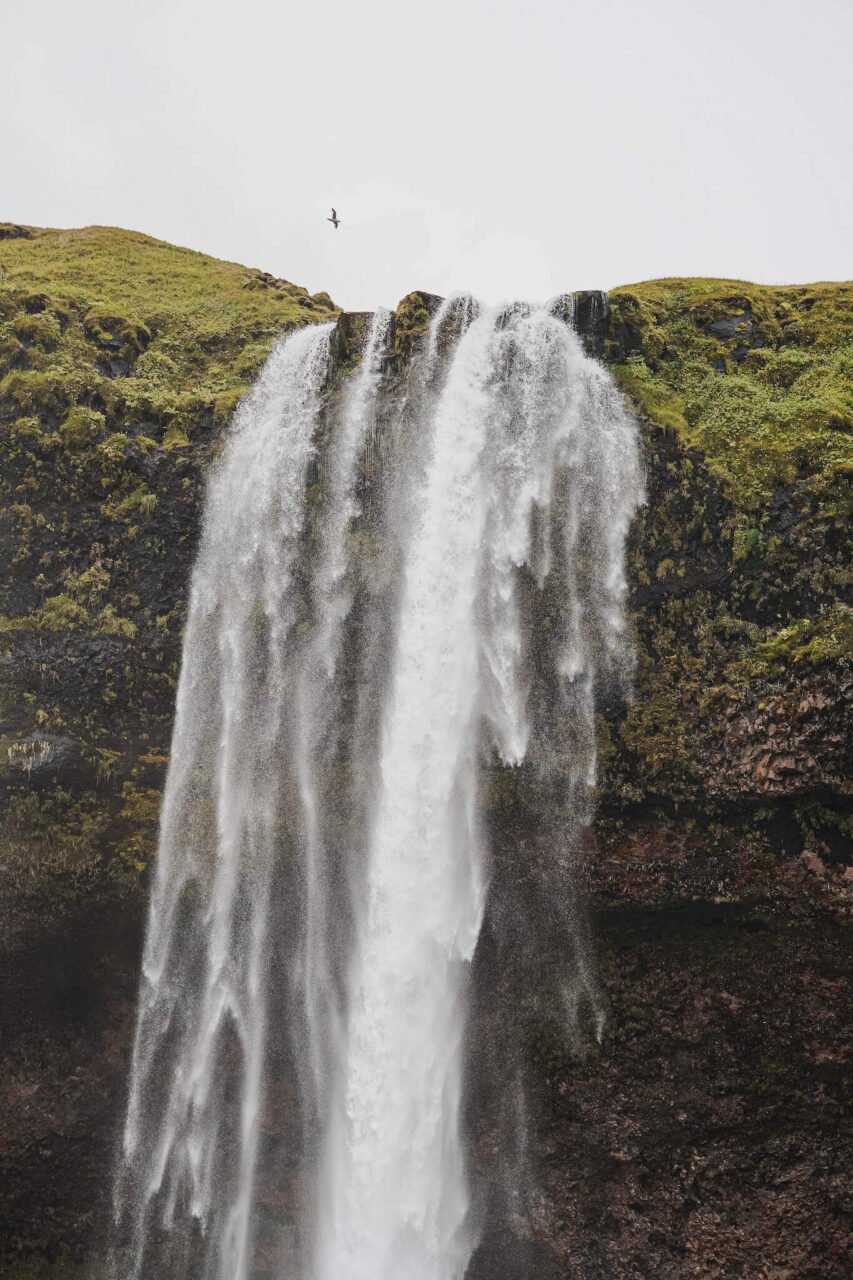
Seljalandsfoss
Seljalandsfoss is a breathtaking waterfall in Iceland, located on the southern coast of the island. It is one of the most famous and most visited waterfalls in Iceland.
What makes Seljalandsfoss special is the fact that visitors can walk behind the cascading water curtain, which is a truly incredible experience. The waterfall falls about 60 metres from the cliff.
Thanks to the path leading behind the waterfall, you can admire the waterfall from a different perspective and as you start to approach the waterfall, you will feel the ever-present dew.
Access to Seljalandsfoss is easy, with parking and well-maintained trails. Visitors can explore the waterfall at their own pace and admire the views. There are several spots near the waterfall from which you will get great photos.
Seljalandsfoss is located near the famous Ring Road, which is why it is a popular tourist destination. It is therefore recommended to plan your visit to the waterfall for the morning, before the parking lot starts to fill up with buses of tourists. It’s a must-see for hikers and photographers, and a stop at it won’t take much time. But we definitely recommend combining your visit with the next waterfall, Gljúfrabúi.
Show the detail
2. Gljúfrabúi
The second is a waterfall whose name you probably won’t be able to pronounce. But that doesn’t mean you can cross it off your list of places to visit, quite the contrary. Gljúfrabúi is a smaller waterfall that you’ll find just a few hundred metres from the aforementioned Seljalandsfoss, and it’s not nearly as high or wide – but it’s still very unique in some ways. It is hidden in a cave, which can only be reached by fording a smaller stream. But what awaits you on the other side of the “tunnel” is definitely worth it. The cave at Gljúfrabúi is very photogenic, but be prepared that if you want a really close-up photo, you probably won’t leave the cave dry.
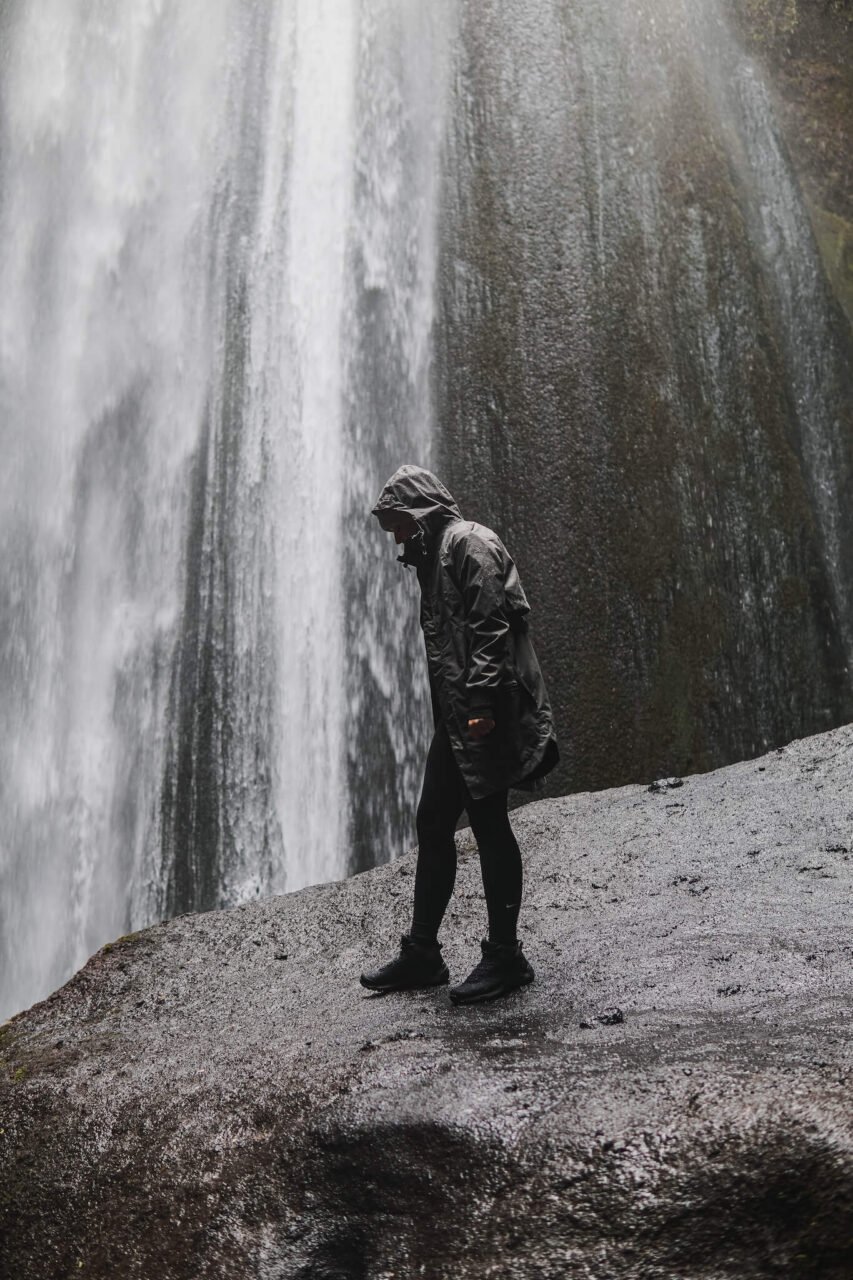
Gljúfrabúi
Gljúfrabúi is hidden in a narrow gorge near Seljalandsfoss and offers a unique and enchanting experience. Be sure to combine your visit to these two waterfalls into one, park your car at Seljalandsfoss and walk all the way to Gljúfrabúi, it’s a short walk, no more than 3 kilometres in total.
What makes it special is its secluded location and especially the fact that it is hidden and you can’t actually see it from the outside. To get to the waterfall, you’ll have to walk through a narrow space in the rock and wade through the flowing water – if there’s more water, it’s more for boots or high boots, if there’s not much water, you can walk over the rocks with dry feet. However, there may be so much water that you can’t even get in, then the problem is not the water flowing on the ground, but rather the water directly from the waterfall. Once inside, you will be rewarded with a view of the waterfall flowing down from the ceiling of the gorge. Be warned though, the wet rocks can be quite slippery, so be really careful where you go. There’s also a large rock to climb if there’s not much water.
Gljúfrabúi is definitely worth it, and not every tourist from Seljalandsfoss will make it there, so you may be lucky enough to be there all alone.
Show the detail
3. Skógafoss
Another waterfall you can find nearby, still on the southeast side of the island, is the very famous Skógafoss. This 60 metre high and 25 metre wide waterfall is again very accessible by car, with toilet and refreshment facilities. But you probably won’t go there primarily for that. What makes Skógafoss worth visiting, on the other hand, is its incredible power – if you’re standing directly below it – the rainbows that form around it, as well as the platform that offers incredible views directly into the waterfall and the surrounding area.
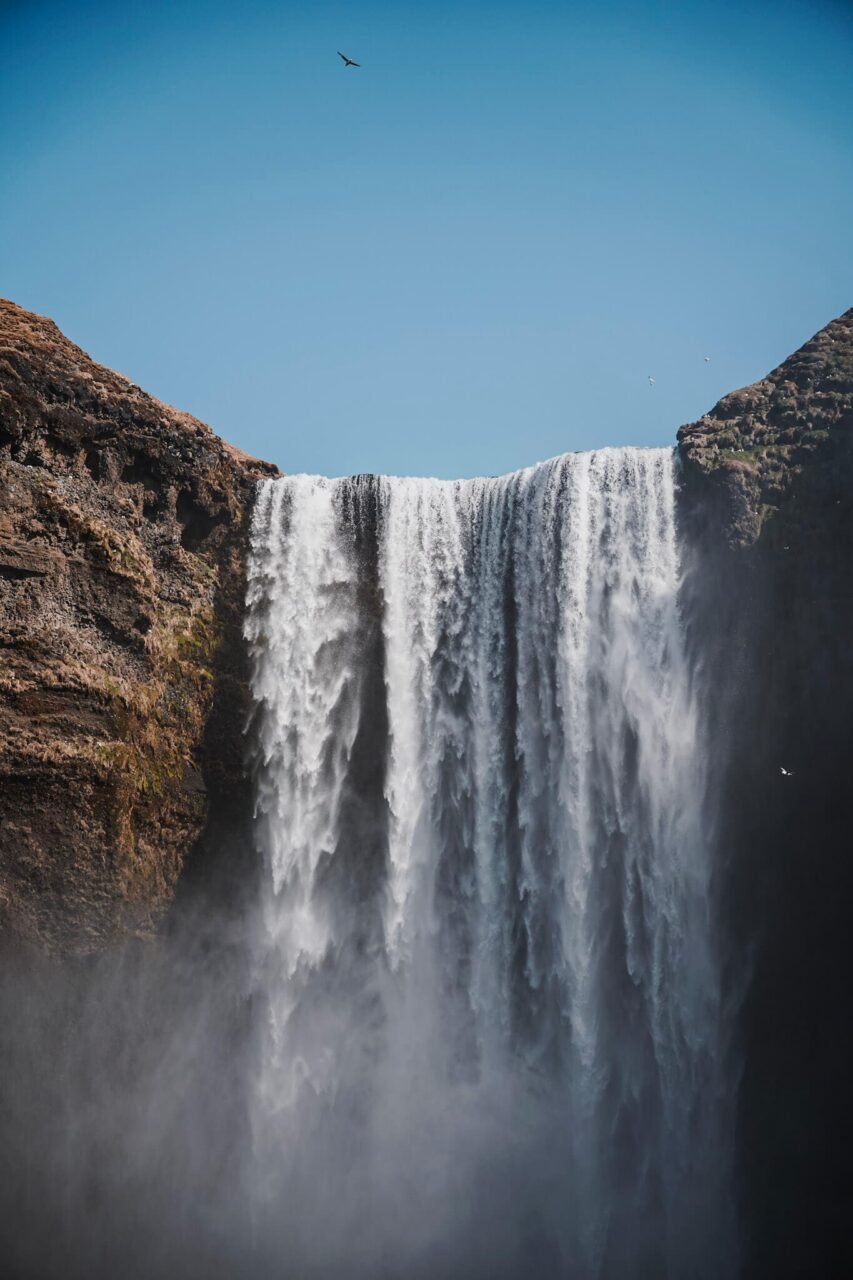
Skógafoss
Skógafoss is one of the most famous and most visited waterfalls on the island. With a height of over 60 metres and a wide waterfall, Skógafoss is truly a natural wonder of Iceland. Its mighty flow of water creates clouds of dew and offers a breathtaking view.
This waterfall is located in a picturesque landscape near the village of Skógar. The surrounding mountain peaks and green valleys create a beautiful backdrop for Skógafoss and add to its charm.
Skógafoss is also known for its characteristic width of less than 25 metres. You can walk directly to the waterfall. Along the waterfall, a path leads up steps to a viewpoint where you can look down on the waterfall from above, or you can continue along the path to other waterfalls: Hestavaðsfoss, Fosstorfufoss, Steinbogafoss, Fremri-Fellsfoss, Innri-Fellsfoss, Kæfufoss and Skalabrekkufoss.
Skógafoss is easily accessible and there is a car park right next to it. It is a popular stop for tourists on the southern part of the island. Because of its accessibility, it tends to get a lot of tourists, so the walk up the stairs can be long, but the views are definitely worth it.
Show the detail
4. Dettifoss
The fourth waterfall on our list is the most powerful waterfall in Europe in terms of the volume of water flowing over it. You can feel its incredible power even tens of metres away, especially in rainy weather or in spring, when the snow is melting. Dettifoss is located in the north of the island, so the way to it is not as easy as to the other waterfalls mentioned – unless you drive the entire Ring Road, i.e. the entire circuit around Iceland, you probably won’t find the “detour” to this gem worthwhile.
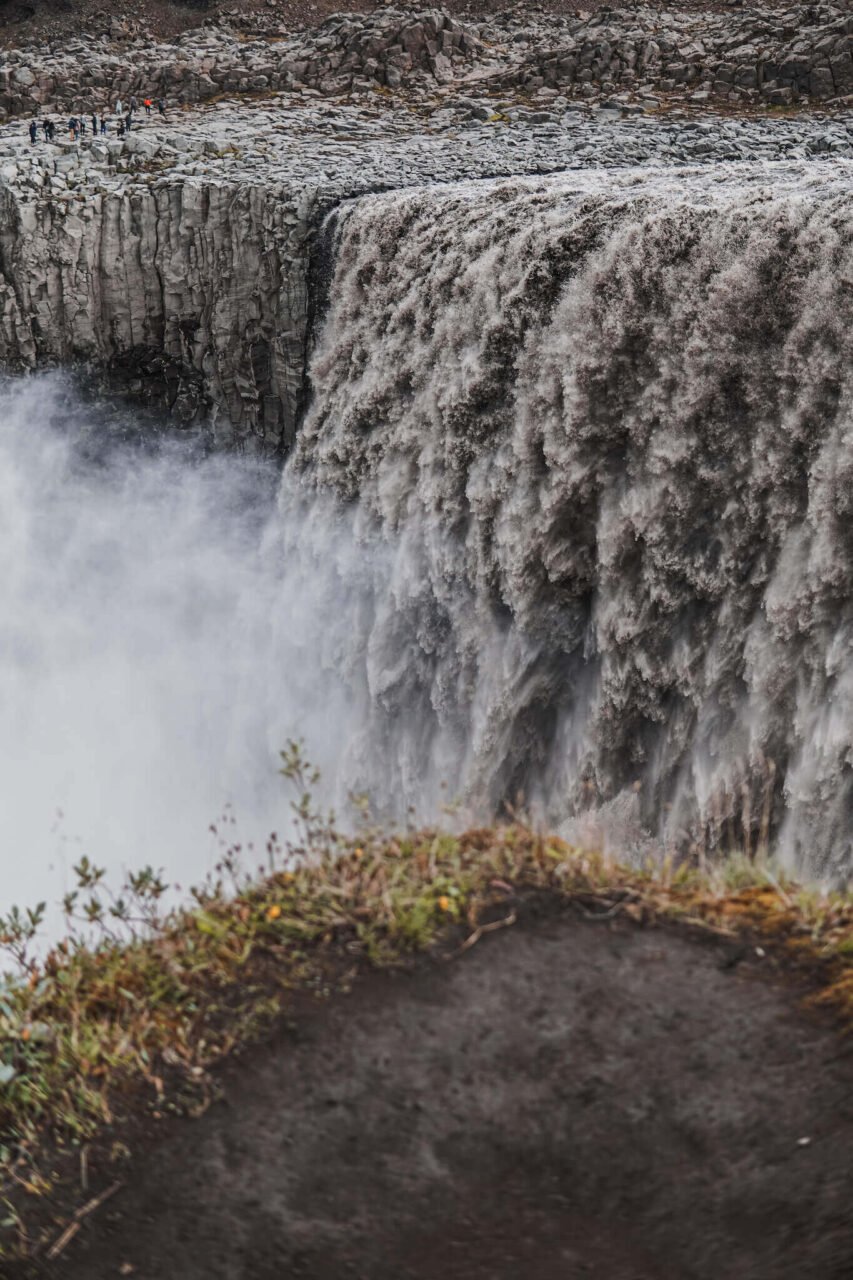
Dettifoss
Detifoss Waterfall in Iceland is one of the most impressive natural phenomena in the country. It is the largest waterfall by water volume in Europe, making it a breathtaking place for travellers. It is located in Vatnajökull National Park, and is accessible by road 862, which leads to both its banks. The path to the waterfall is not difficult, but be prepared for a short walk, which can be slightly slippery, especially near the waterfall itself.
The Detifoss is a waterfall of superlatives – it has power, roar and tremendous effect. The wetter seasons, especially in spring after the snow melts, offer an impressive spectacle of water. Then in summer, the surroundings of the waterfall transform into a green oasis with a colourful floral carpet. It’s a place where you can immerse yourself in the power of nature and feel the incredible energy that nature can conjure up.
Near Dettifoss you can find other, a bit smaller, waterfalls, such as Selfoss or Hafragilsfoss.
Show the detail
5. Gullfoss
The last waterfall on our list is Gullfoss, a giant waterfall in the Golden Circle, a very famous area near the capital. Because of its accessible location, Gullfoss is one of the most visited waterfalls in Iceland. When visiting Gullfoss, we recommend not only staying on the upper plateau, where you have a beautiful view of the entire waterfall, but also walking directly “to the source”. However, be prepared with a raincoat and sturdy shoes – because you will definitely not stay dry on the way. If you visit the waterfall in early spring or directly in winter, you can look forward to a pile of ice that surrounds it and makes it even more interesting.
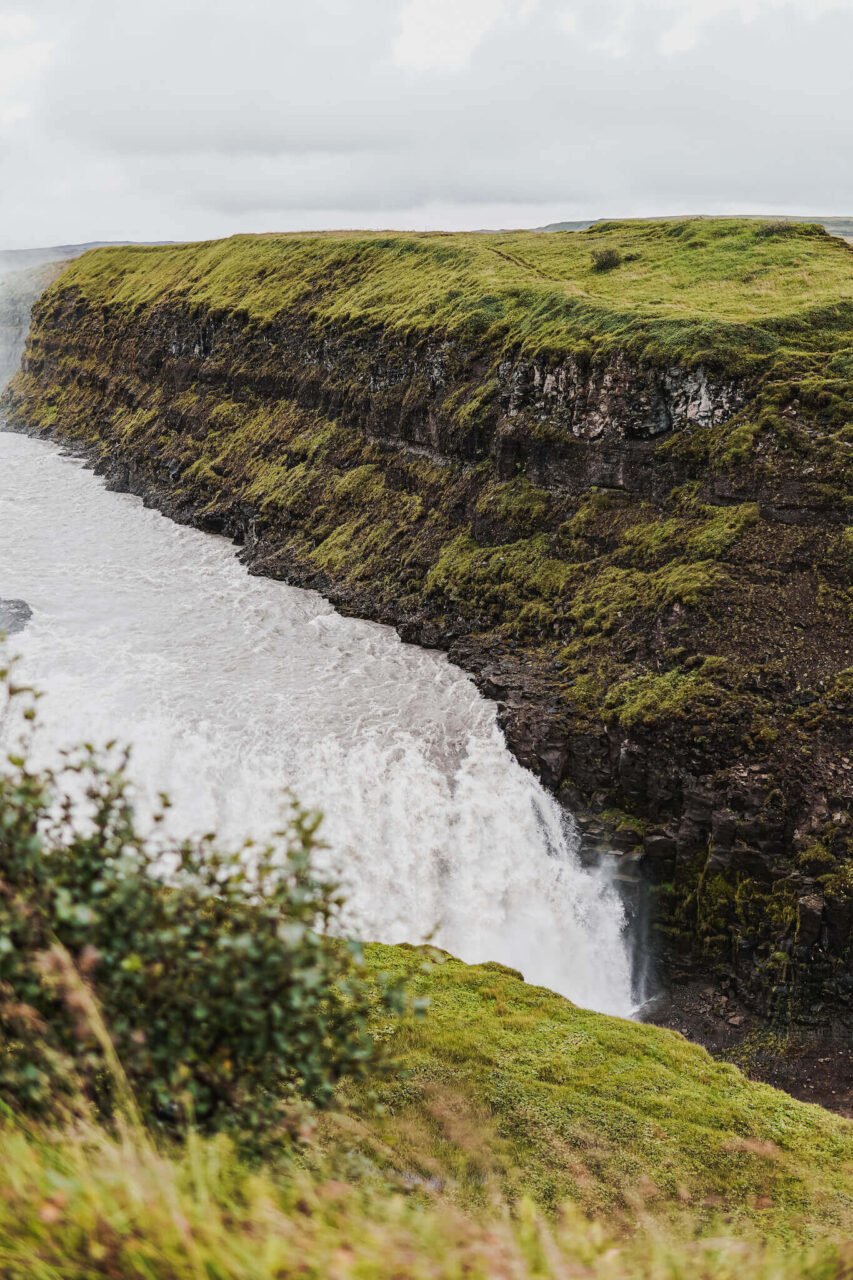
Gullfoss
Gullfoss is one of the largest and most famous waterfalls in Iceland, the water in the Hvítá River flows from the Langjökull glacier and then cascades 32 metres down the two cascades of Gullfoss waterfall. A path leads directly from the car park to it. We recommend taking a raincoat with you as the water splashes from all sides. In summer, approximately 140 cubic meters of water rush over the falls every second, while in winter this number drops to approximately 109 cubic meters.
Together with the Strokkur geyser and Thingvellir National Park, it is one of the stops on the Golden Circle, which contains the most important tourist sites in Iceland. There is a visitor centre near the waterfall.
Show the detail
More in our itineraries for Iceland
As already mentioned, there are many more waterfalls in Iceland. And not only. If you’re interested in Iceland, we have a ready-made itineraries for you – for South Iceland, the best of Ring Road or even Winter expedition.
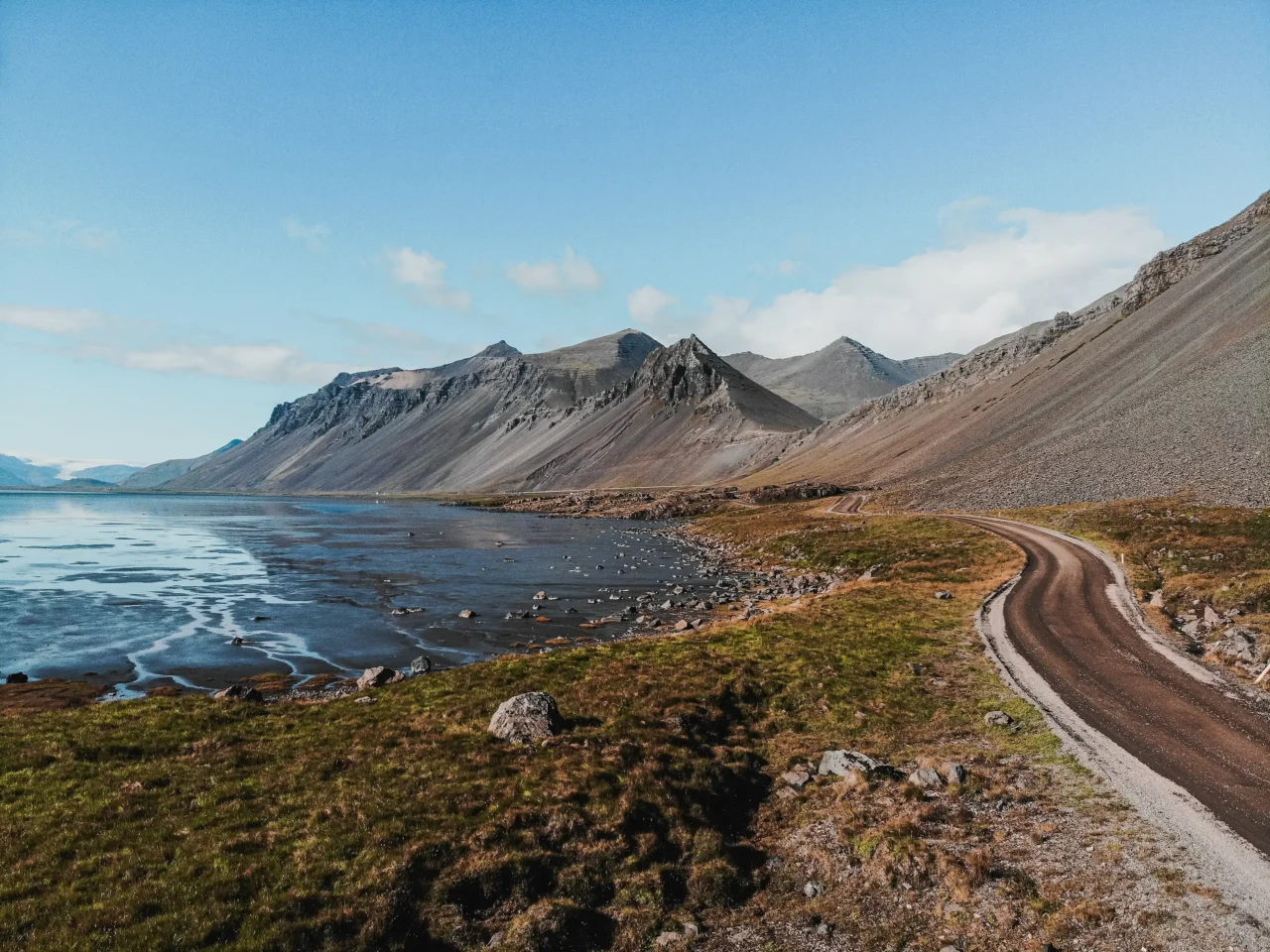
Ring Road and the most beautiful places in Iceland
Show the itinerary


